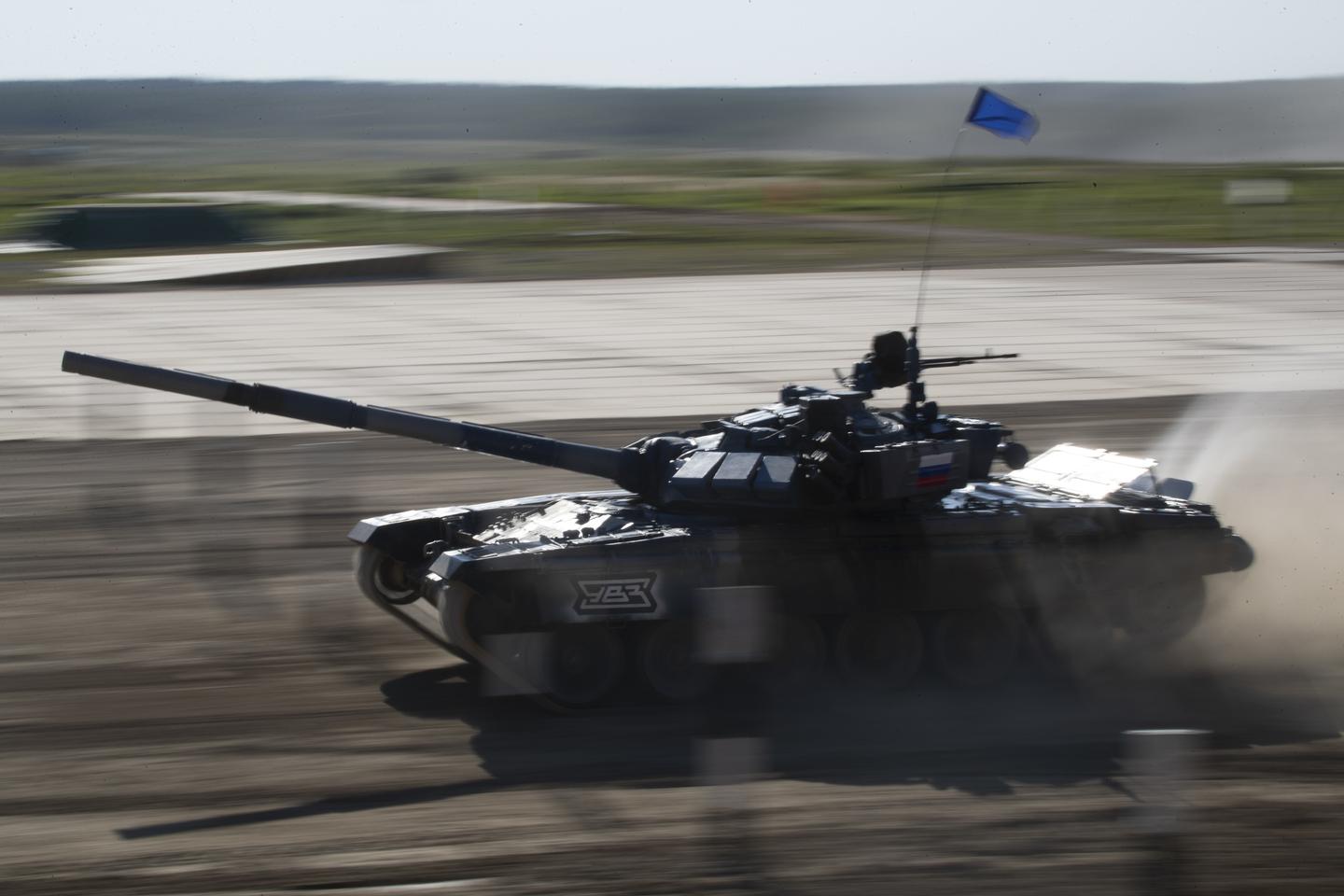
By Debbie Gregory.
The U.S. Army is looking for ideas on how to develop a non-lethal weapon capable of knocking out remote weapon stations on enemy vehicles without endangering nearby civilians.
Instead of blowing up hostile armored vehicles and the surrounding city block, the Army wants to have the ability to disable them by using nonlethal force, keeping civilian housing, hospitals, schools, mosques safe, avoiding the strong negative sociopolitical ramifications should they be attacked in the normal manner.
“The sociopolitical ramifications of collateral damage, especially the type of damage that can be inflicted with traditional anti-armor assets, have made it increasingly difficult for the dismounted soldier to engage lightly armored vehicles,” according to an April 20 solicitation.
The April 20th solicitation was posted on a government website for the Small Business Innovation Research (SBIR) program, which is designed to encourage small business to engage in federal research and development.
Remote weapon stations, or RWS, are “often highly instrumented to provide vision, range finding as well as weapon stabilization,” the Army explains. “If the instrumentation can be blinded or the stabilization destroyed, they become far less dangerous to the dismounted soldier and the civilian population as a whole. If the entire electronics of the RWS can be disrupted, even basic traversing and firing functions become disabled.”
The solicitation, which closed to submissions June 20, suggests another soft spot, targeting a vehicle’s mobility, such as its engine. “It is imperative that these mechanisms are not viewed as lethal to bystanders,” the Army says.
The armor disablement weapon also needs to have enough range (more than a hundred yards) to keep dismounted U.S. soldiers far away enough from heavily armed vehicles. Other specifications include less than five pounds in weight, the ability to disable a vehicle in less than five minutes, and capable of targeting buildings.







